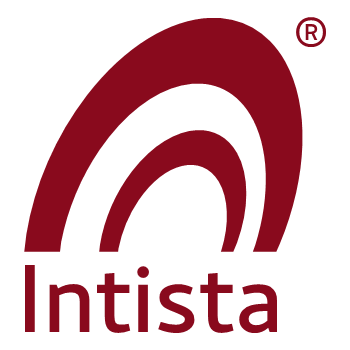When you acquired a business, you had an intention, a strategy, of what you wanted to do with it. For example, you wanted take advantage of a very specialized team and the product that they develop, so that you can increase sales revenue.
Acquiring a business is a set of intensive stressful activities that culminate in closing a deal. However, in many ways, buying a business is the easier part of realizing your acquisition strategy. You should now prepare for a major change in how you work on this merger. Acquisition Integration is a campaign of concurrent activities focused on a set of common objectives (known as Key Objectives), that take place over a long period, while continuing the activities of the general business.
Before You Got to this Point
By the time you prepare to announce your acquisition, you should have assembled the integration teams that will plan, manage, execute, report, adjust and support the merger:
- Integration Management Office (IMO) is the team central to the integration. They set up and run the tasks, monitoring and mentoring the workstreams who report to them. The IMO reports to the Steering Committee
- Steering Committee is a team that sets policy and priorities and reviews progress
- Workstreams are the teams, departments or verticals that will work through the tasks involved in merging their area of the two businesses
Before announcing the acquisition, the IMO, perhaps with the workstream leads, should have identified the highest priority tasks to be done as soon as possible.
Your Role, Before the Acquisition is Completed
As a member of the business leadership, your job is to be available for both the Acquisition Team and the Integration Team, who work in parallel. Your role requires balance: an acquisition involves spending a lot of money; the integration is focused upon getting the value you believed was in the company before you bought it. One cannot exist without the other, and both require time and input from leadership.
Realize that integrations do not begin when you announce an acquisition; they should begin during the Due Diligence phase of the acquisition.
What do I do first?
Having acquired a business, there are a lot of things to do first – all in parallel. They break down into these broad categories:
- The announcement, known as the Day 1 Announcement, as it is the first (public) day of the integration
- Maintaining business continuity
- Launch the integration projects
The Day 1 Announcement: A Complete Change in Your Approach
Efforts leading up to an acquisition usually take place in secrecy. However, when you announce the acquisition everything becomes public. You will now want to tell as many people as possible about what you want to achieve through the integration.
Different audiences have different interests in the acquisition and/or the integration. You will have to create a communication plan to address the concerns or questions from each of these audiences. The most important audiences are the staff of the acquired and acquiring businesses: you will be asking them to continue their daily business and work on tasks associated with merging their team or department – while at the same time being understandably concerned about their future in the new organization. The tone and integrity you show at the announcement are critical.
Maintaining business continuity
You’ve just acquired a legal entity that behaves differently to the way that your business does. You need to ensure that staff continue to be paid, invoices go out, insurance is in place, legal matters are addressed, plus a large collection of activities specific to your industry and your business.
Depending upon how you acquired the business, you may have to change company names. If so, there is additional work to be done. It takes a lot of preparation before Day 1 to identify what needs to be done (as opposed to what you’d like to do), by whom, and when it must be done by.
Launching the Integration Projects
The integration activities are a large collection of projects or tasks, with each workstream having its own tasklist to work through. At a very minimum, the tasklists define
- The priorities of the tasks
- The sequence of the work (start/end dates)
- The ownership of each task
Your New Role
Your company has grown and changed. That change will require an adjustment by you and your leadership team: more staff means you cannot manage the business in the same way. You now need to rely upon your middle managers and staff more. For the integration, you must rely upon your Integration Management Office (IMO) to deliver the integration, based upon the reasons you bought the company.
If you are just about to acquire a small or mid-size business, we train the staff within your business to run and manage the integration ahead. Here are our current courses, including or flagship Acquisition Integration Manager certification https://intista.com//training/
Check out the course Acquisition Integration Basics which is free training for the staff who are not deeply involved in the integration but want to understand more about the journey ahead.
